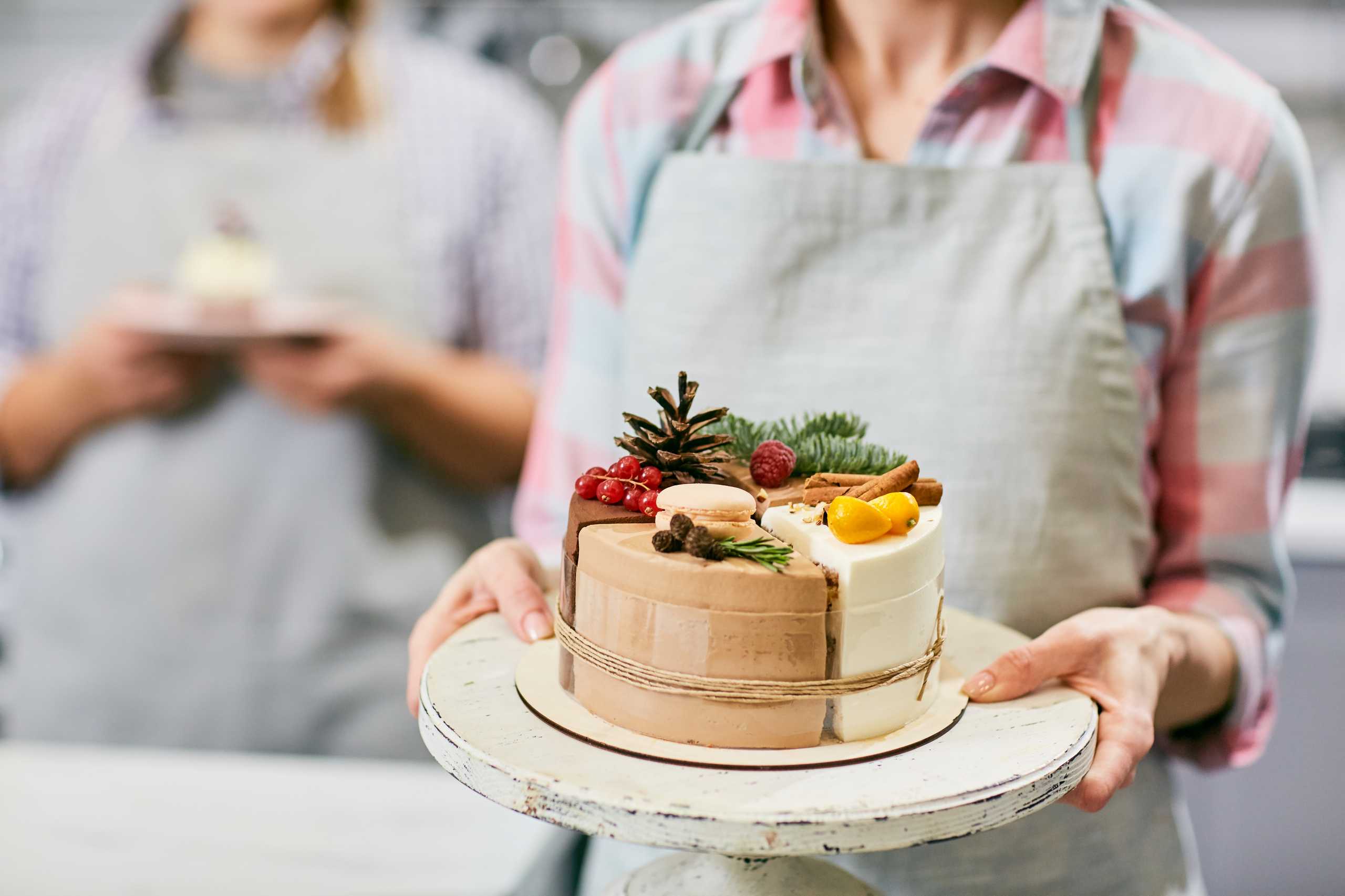Introduction: Why Fondant Matters
Fondant is more than just a decorative icing; it’s a versatile medium that allows bakers to achieve smooth, flawless surfaces and intricate designs. Mastering fondant can elevate your cakes from ordinary to professional-quality creations.
Getting Started with Fondant
Fondant can seem intimidating at first, but understanding the basics makes it approachable:
- Types of Fondant – Roll fondant, poured fondant, and modeling fondant each serve different purposes.
- Proper Preparation – Knead until smooth and elastic to prevent cracking. Dust your work surface with cornstarch or powdered sugar to avoid sticking.
- Covering a Cake – Roll evenly and drape gently, smoothing carefully with a fondant smoother.
Creative Techniques to Explore
Once comfortable, explore these methods to add flair to your cakes:
- Cut-Out Shapes – Use cookie cutters or templates to create flowers, stars, or custom designs.
- Textured Impressions – Emboss patterns with molds or stamps for elegant effects.
- Layered Fondant – Combine colors and layers for bold, artistic visuals.
Tips for Perfect Fondant
- Work in a cool environment to prevent melting or stickiness.
- Keep unused fondant wrapped tightly to retain moisture.
- Practice sculpting small details before committing to large cakes.
Conclusion: Fondant as Your Canvas
Fondant transforms a cake into a blank canvas, ready for creativity and expression. By learning techniques, experimenting with textures, and adding your personal touch, you can craft cakes that are both visually stunning and delightful to share.




